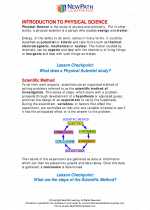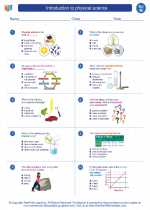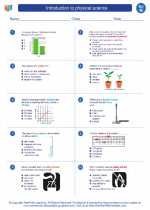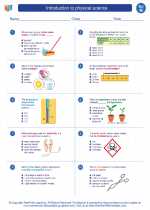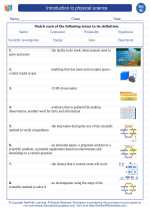Scientific Method
The scientific method is a systematic way of investigating the natural world. It involves making observations, forming hypotheses, conducting experiments, and analyzing data to draw conclusions. The scientific method is essential for conducting scientific research and is used by scientists to answer questions and solve problems.
Steps of the Scientific Method
- Observation: The first step in the scientific method is making an observation about a natural phenomenon or a problem that needs to be solved.
- Hypothesis: Based on the observation, a hypothesis is formulated. A hypothesis is a testable explanation for the observed phenomenon.
- Experimentation: A controlled experiment is designed and conducted to test the hypothesis. The experiment should be carefully planned to ensure that only one variable is changed at a time.
- Analysis: The data collected from the experiment is analyzed to determine whether the hypothesis is supported or refuted.
- Conclusion: Based on the analysis of the data, a conclusion is drawn. If the hypothesis is supported by the data, it may become a theory or a law. If the hypothesis is refuted, it is revised and tested again.
Study Guide
Here are some key points to remember about the scientific method:
- It is a systematic approach to problem-solving and investigation.
- Observation and curiosity drive the scientific method.
- Hypotheses must be testable and falsifiable.
- Experiments should be carefully designed to control variables and produce reliable data.
- Data should be analyzed objectively to draw valid conclusions.
- Conclusions should be based on evidence and may lead to the development of scientific theories or laws.
- The scientific method is not a linear process and often involves revisiting and revising hypotheses based on new evidence.
Understanding the scientific method is crucial for anyone interested in science and scientific research. It provides a framework for investigating and understanding the natural world.
